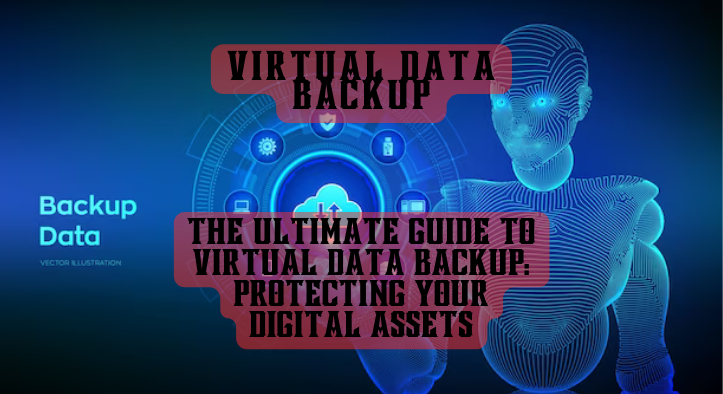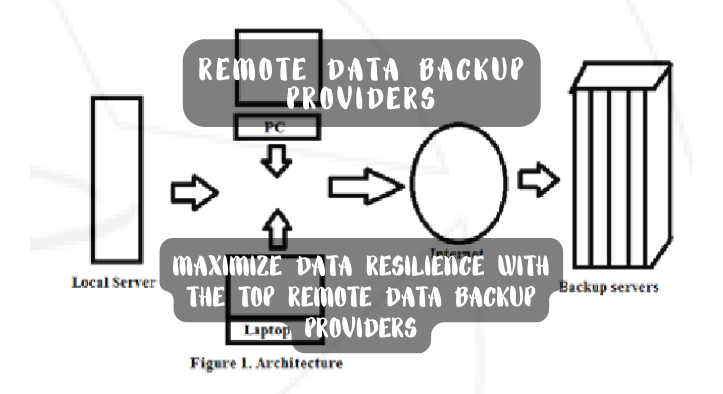The Ultimate Guide to Virtual Data Backup: Protecting Your Digital Assets

The Ultimate Guide to Virtual Data Backup: Protecting Your Digital Assets
Data is the lifeblood of any business, and it’s essential to protect it from loss or damage. Virtual data backup is a powerful tool that can help you safeguard your digital assets and ensure business continuity. In this guide, we’ll explore the basics of virtual data backup and how it can help you protect your digital assets.
What is Virtual Data Backup?
Virtual data backup is a process of creating copies of digital data and storing them in a secure location. This process helps protect your data from loss or damage due to hardware failure, malicious attacks, or other unforeseen events. Virtual data backup is a cost-effective way to ensure business continuity and protect your digital assets.
Benefits of Virtual Data Backup
Virtual data backup offers several benefits, including:
- Cost savings: Virtual data backup eliminates the need for physical storage media, such as tapes or disks, which can be expensive. It also eliminates the need for manual backups, which can be time-consuming and costly.
- Flexibility: Virtual data backup allows you to store data in multiple locations, giving you the flexibility to access it from anywhere. This makes it easier to recover data in the event of a disaster.
- Security: Virtual data backup is secure and encrypted, making it difficult for hackers to access your data. It also allows you to control who has access to your data.
- Scalability: Virtual data backup allows you to scale up or down as needed, making it easy to adjust to changing business needs.
How to Set Up Virtual Data Backup
Setting up virtual data backup is relatively simple. Here are the steps you need to take:
- Choose a backup solution: There are a variety of virtual data backup solutions available, so it’s important to choose one that meets your needs. Consider factors such as cost, scalability, and security when making your decision.
- Set up the backup: Once you’ve chosen a solution, you’ll need to set up the backup. This typically involves configuring the software and connecting it to the data sources you want to back up.
- Schedule backups: You’ll need to set up a schedule for backing up your data. This will ensure that your data is backed up regularly and that you have access to the most up-to-date version of your data.
- Test the backup: Once you’ve set up the backup, it’s important to test it to make sure it’s working properly. This will help you identify any issues before they become a problem.
Best Practices for Virtual Data Backup
In addition to setting up virtual data backup, there are several best practices you should follow to ensure your data is secure and protected:
- Encrypt your data: Encrypting your data will help protect it from unauthorized access. Make sure to use a strong encryption algorithm to ensure your data is secure.
- Back up regularly: Regular backups are essential for protecting your data. Make sure to back up your data at least once a day to ensure you have the most up-to-date version of your data.
- Test your backups: Testing your backups regularly will help you identify any issues before they become a problem. Make sure to test your backups at least once a month.
- Secure your backups: Make sure your backups are stored in a secure location. This will help protect them from unauthorized access or damage.
Conclusion
Virtual data backup is a powerful tool that can help you protect your digital assets and ensure business continuity. By following the steps outlined in this guide, you can set up virtual data backup and ensure your data is secure and protected. Additionally, following best practices such as encrypting your data, backing up regularly, and testing your backups will help you ensure your data is safe and secure.
By taking the time to set up virtual data backup and following best practices, you can protect your digital assets and ensure business continuity.

